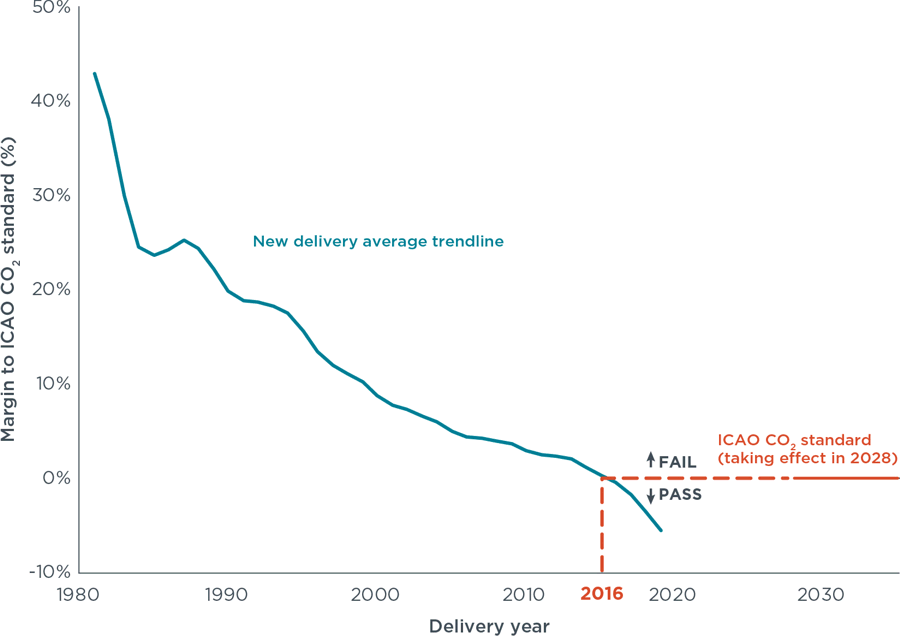US EPA proposes GHG emission standards for commercial aircraft
22 July 2020
The US Environmental Protection Agency (EPA) proposed their first-ever rule to control GHG emissions from certain categories of commercial airplanes, titled Control of Air Pollution from Airplanes and Airplane Engines: GHG Emission Standards and Test Procedures.
The EPA proposal would harmonize the US requirements with the 2017 CO2 emission standards by the UN International Civil Aviation Organization (ICAO), which aim to reduce GHG emissions from new aircraft by 4% over 12 years.
The proposed rule, if adopted, would help US manufactured airplanes and airplane engines be accepted by nations and airlines around the world, since nations may ban the use of any airplane within their airspace that does not meet ICAO standards, said the EPA. If the standards are finalized, the US Federal Aviation Administration (FAA) will adopt a set of new aircraft certification rules to comply with the regulation.
However, the proposed rule would do little to reduce GHG emissions, as it simply reflects advancements already made by the industry. A recent analysis by the ICCT found that the proposed EPA GHG emission standards can be satisfied by the average new aircraft delivered already in 2016, Figure 1, while the most advanced new aircraft delivered in recent years are ahead of the standard by 10-20%.

(Source: ICCT)
The proposed GHG standards would apply to new type design commercial airplanes on or after January 1, 2020 and to in-production airplanes on or after January 1, 2028. They would not apply to already manufactured, in-use airplanes. The standards would apply to subsonic jet aircraft with a maximum takeoff mass (MTOM) greater than 5,700 kg and subsonic propeller driven airplanes (e.g., turboprops) with a MTOM greater than 8,618 kg. Examples include larger business jets such as the Cessna Citation CJ3+, the larger commercial jet aircraft—the Boeing 777 and the Boeing 787—and larger civil turboprop airplanes such as the ATR 72 and the Viking Q400.
US aircraft covered by the proposal emit 10% of GHG emissions from the US transportation sector and 3% of total US GHG emissions.
Source: US EPA